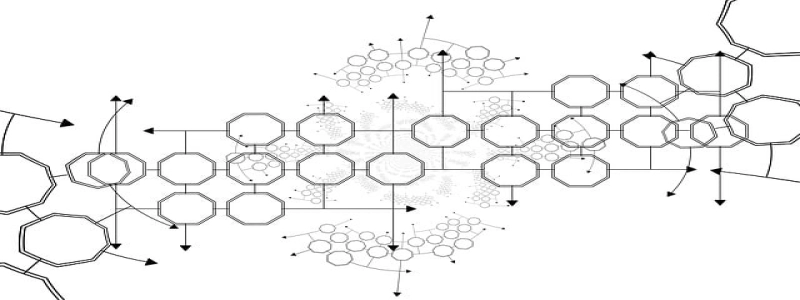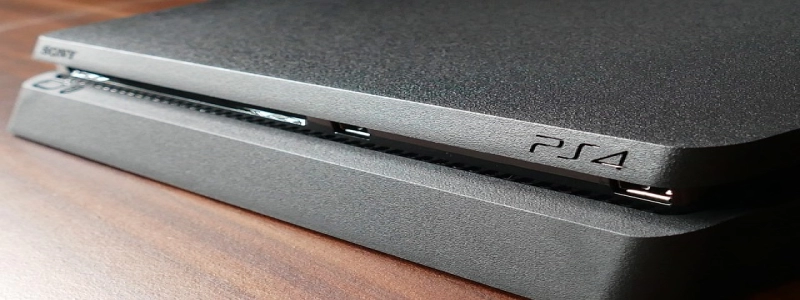AC Power Connector Types
jeg. Introduktion
A. Definition of AC Power Connectors
B. Importance of AC Power Connectors
II. Types of AC Power Connectors
A. NEMA Connectors
1. NEMA 1-15
-en. Beskrivelse
b. Common applications
c. Fordele og ulemper
2. NEMA 5-15
-en. Beskrivelse
b. Common applications
c. Fordele og ulemper
B. IEC Connectors
1. IEC 60320 C5/C6
-en. Beskrivelse
b. Common applications
c. Fordele og ulemper
2. IEC 60320 C13/C14
-en. Beskrivelse
b. Common applications
c. Fordele og ulemper
C. BS Connectors
1. BS 1363
-en. Beskrivelse
b. Common applications
c. Fordele og ulemper
III. Factors to Consider When Choosing AC Power Connectors
A. Voltage and current rating
B. Type of equipment
C. Safety regulations
D. Compatibility
IV. Konklusion
jeg. Introduktion
In the world of electricity, AC power connectors play a crucial role in connecting electrical devices to power sources. These connectors are designed to allow the transfer of electrical energy from the power source to the equipment in a safe and efficient manner. Understanding the different types of AC power connectors is essential for choosing the right one for specific needs.
II. Types of AC Power Connectors
A. NEMA Connectors
NEMA connectors are widely used in the United States and Canada. Two commonly used types are NEMA 1-15 and NEMA 5-15.
1. NEMA 1-15
-en. NEMA 1-15 connectors are ungrounded and have two flat parallel pins. They are typically used for small household electrical devices such as lamps and radios.
b. Common applications of NEMA 1-15 connectors include small appliances, audio/video equipment, and certain lighting fixtures.
c. Advantages of NEMA 1-15 connectors include simplicity and ease of use, while disadvantages include limited power capacity and lack of grounding.
2. NEMA 5-15
-en. NEMA 5-15 connectors have three pins, with two flat parallel pins for hot and neutral wires and a round grounding pin. They are the most common type of power connector used in homes and offices in North America.
b. Common applications of NEMA 5-15 connectors include computers, printers, refrigerators, and other household and office equipment.
c. Advantages of NEMA 5-15 connectors include grounding for safety, compatibility with a wide range of equipment, and availability. Disadvantages are limited power capacity and bulkier size.
B. IEC Connectors
IEC connectors are standard power connectors used globally, particularly in Europe.
1. IEC 60320 C5/C6
-en. IEC 60320 C5/C6 connectors, also known as \”Mickey Mouse\” connectors due to their shape, are commonly used for laptop power adapters.
b. Common applications of IEC 60320 C5/C6 connectors include laptops, gaming consoles, and other portable electronic devices.
c. Advantages of IEC 60320 C5/C6 connectors include small size, compact design, and safety features. Disadvantages include limited power capacity and potential compatibility issues with fixed power cords.
2. IEC 60320 C13/C14
-en. IEC 60320 C13/C14 connectors are commonly used for desktop computers, monitors, and other electrical equipment with detachable power cords.
b. Common applications of IEC 60320 C13/C14 connectors include servers, networking equipment, and home appliances.
c. Advantages of IEC 60320 C13/C14 connectors include higher power capacity, compatibility with a wide range of equipment, and safety features. Disadvantages are larger size compared to other connectors and the need for detachable power cords.
C. BS Connectors
BS connectors are the standard power connectors used in the United Kingdom.
1. BS 1363
-en. BS 1363 connectors, also known as UK plugs or sockets, are three-pin connectors widely used in the UK for various electrical devices.
b. Common applications of BS 1363 connectors include household appliances, computers, televisions, and audio equipment.
c. Advantages of BS 1363 connectors include strong grounding, safety features such as fuse protection, and compatibility with a wide range of devices. Disadvantages include their large size and limited compatibility outside the UK.
III. Factors to Consider When Choosing AC Power Connectors
When selecting an AC power connector, several factors should be taken into consideration:
A. Voltage and current rating: Ensure that the connector can handle the voltage and current requirements of the equipment.
B. Type of equipment: Different equipment may require specific types of connectors due to their power needs and compatibility.
C. Safety regulations: Be aware of the safety regulations mandated in your region to ensure compliance and minimize risks.
D. Compatibility: Consider the compatibility of the connector with other devices and power sources to avoid compatibility issues or the need for adapters.
IV. Konklusion
AC power connectors come in various types and are designed to meet the diverse power needs of different regions and electrical equipment. Understanding the different types and considering factors such as voltage rating, equipment requirements, safety regulations, and compatibility will help in selecting the appropriate AC power connector for any specific application.







